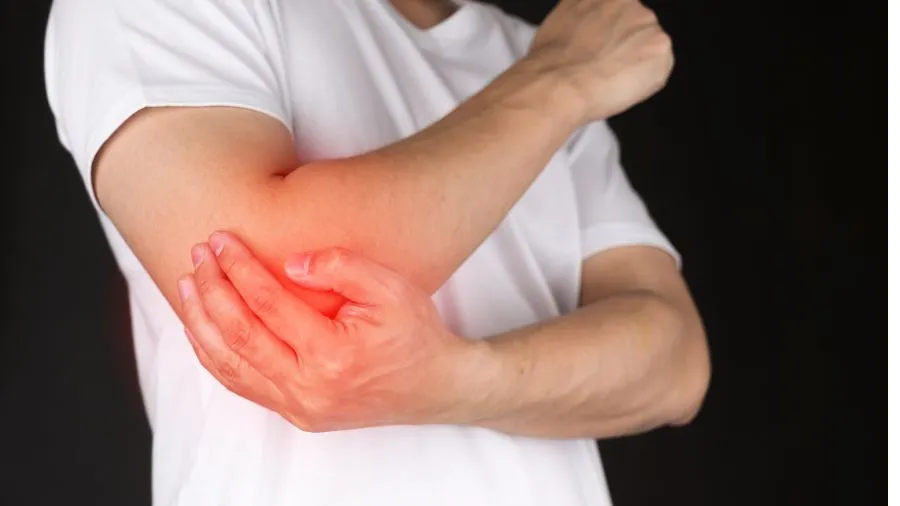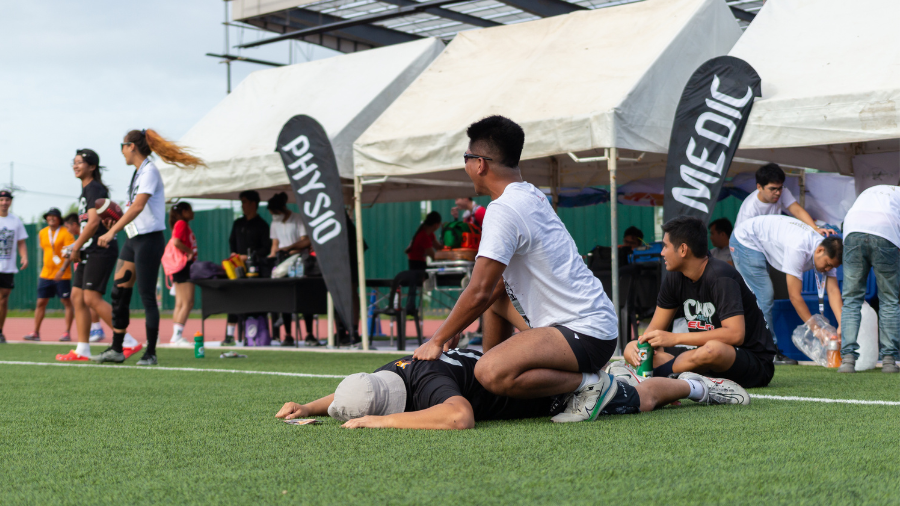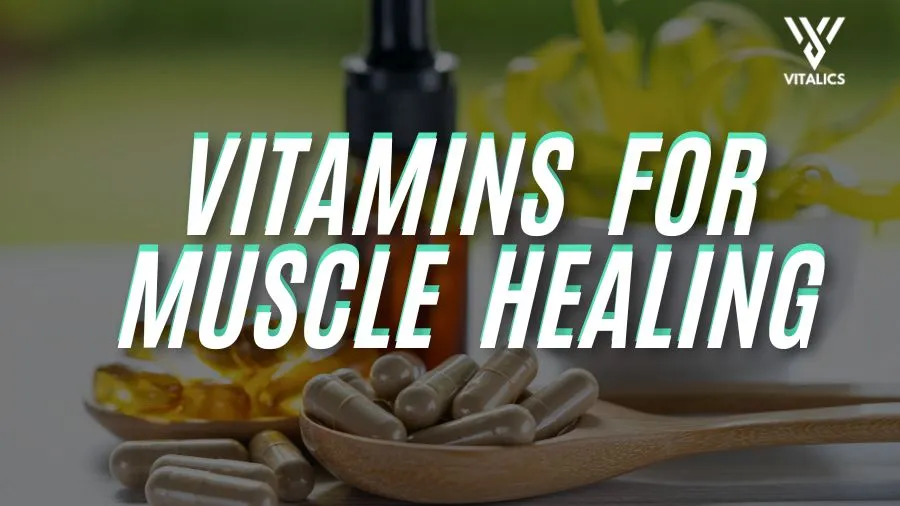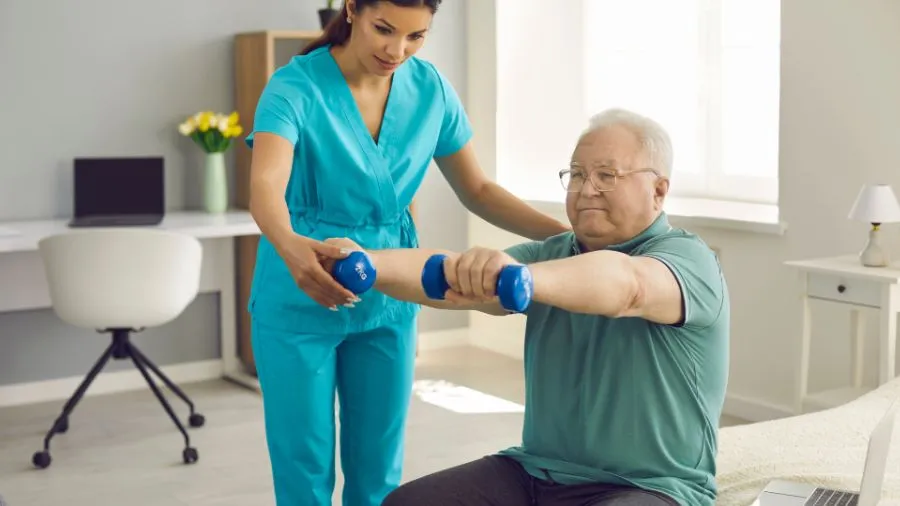Tennis elbow, also known as lateral epicondylitis, is a common condition that causes pain and inflammation on the outside of the elbow. It is often caused by overuse of the forearm muscles and tendons, which attach to the bony knob (lateral epicondyle) on the outside of the elbow.
Tennis elbow is not just for tennis players. It is most common in adults between the ages of 30 and 50, but it can occur at any age. It is more common in people who participate in sports or activities that involve repetitive use of the forearm muscles, such as tennis, golf, and racquetball. Other activities include:
- Painting
- Carpentry
- Plumbing
- Typing
- Playing video games
- Using a computer mouse
Elbow Pain
Elbow pain is a common symptom of tennis elbow, but it can also be caused by other conditions, such as:
- Arthritis
- Bursitis
- Tendinitis
- Fractures
- Sprains
- Tumors
If you are experiencing elbow pain, it is important to see a doctor to determine the underlying cause and get the appropriate treatment.
Read Also: How Physiotherapy Help Pain Management
Symptoms of Tennis Elbow
The most common symptom of tennis elbow is pain on the outside of the elbow. The pain may be sharp or dull, and it may worsen with activities that involve using the forearm muscles, such as lifting objects, gripping objects, or twisting the wrist.
Other symptoms of tennis elbow may include:
- Swelling and tenderness on the outside of the elbow
- Weakness in the grip
- A popping or clicking sound when moving the elbow
Diagnosis of Tennis Elbow
To diagnose tennis elbow, a doctor will typically ask about your medical history and symptoms. The doctor may also perform a physical exam. In some cases, the doctor may order imaging tests, such as an X-ray or MRI, to rule out other causes of elbow pain.
Treatment of Tennis Elbow
Treatment for tennis elbow typically involves rest, ice, and compression. Over-the-counter pain relievers, such as ibuprofen or acetaminophen, may also be helpful.
If self-care measures are not effective, the doctor may recommend other treatments, such as:
- Physical therapy
- Corticosteroid injections
- Platelet-rich plasma (PRP) injections
- Surgery
Prevention of Tennis Elbow
There are a number of things you can do to prevent tennis elbow, including:
- Maintaining a healthy weight
- Warming up before engaging in activities that involve repetitive use of the forearm muscles
- Taking breaks when doing activities that involve repetitive use of the forearm muscles
- Using proper lifting techniques
- Using a computer mouse and keyboard that are comfortable and at the proper height
If you think you may have tennis elbow, it is important to see a doctor/therapist to get a diagnosis and discuss the best treatment options for you.




